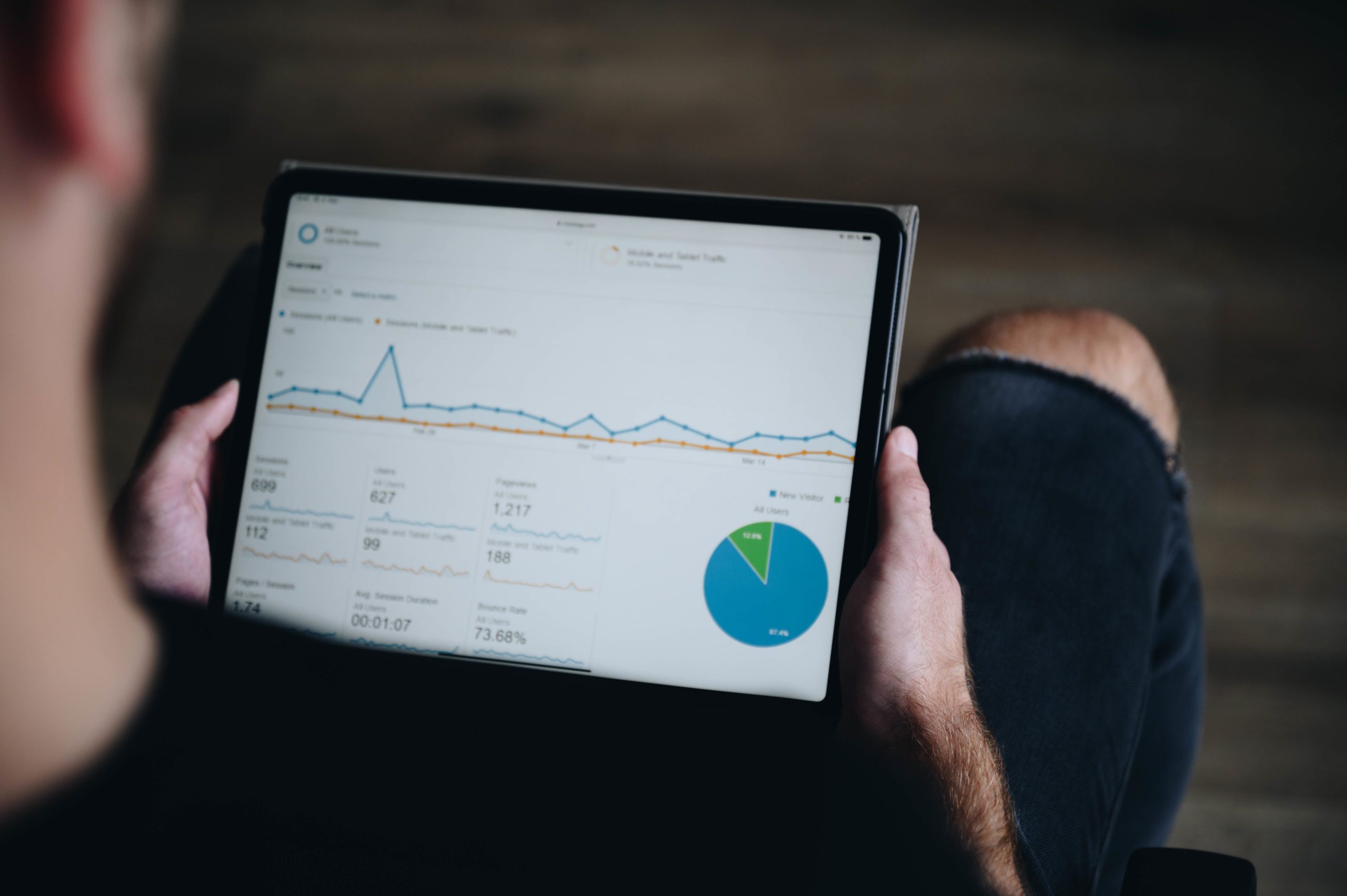Measuring success: 10 important KPIs for the online shop
The right Key Performance Indicators (KPI) help to optimize online shops. Which key figures retailers should keep an eye on: Many retailers measure the success of their web presence by sales. But there is a whole range of other Key Performance Indicators (KPI) that can provide important information about what works well online and where there is still potential for optimization. André Roitzsch, Managing Director of the e-commerce agency SHOPMACHER, lists ten KPIs that, in his opinion, many retailers pay too little attention to.
1. Shop search
The search is a central entry point in the online shop and is still often neglected. Retailers should constantly keep an eye on how often their visitors use the shop search and what happens next. If search users abandon their purchase more frequently than other users, this is a sign that the search function is not working optimally. In addition, other interesting information can also be drawn from the search queries, which is important for optimizing your own inventory, for example. If customers are already looking for more Christmas decorations at the beginning of September, you should advertise them in a targeted manner.
2. Bounce Rates
The bounce rate measures the number of users who view a page on the website and then immediately leave without performing any activity. Almost every analysis tool can report this value. But what does he say? And is a value of 56 percent good or rather bad? A general statement cannot be made about this, since it also depends on the marketing strategy. If you focus more on quantity instead of quality, you will naturally have higher bounce rates. The following information can be found in the specialist media as a very rough guide: bounce rates between 56 and 70 percent are considered bad, 41 to 55 percent are normal values and bounce rates between 26 and 40 percent are given as optimal. In order to optimize the bounce rate, shop operators have to analyze what could bother users. This can be long mobile loading times, but also bad SEM campaigns that promise more than the landing page actually delivers. Traders should keep an eye on abandonment rates and compare themselves to the benchmark in the industry. Where visitors “bounce” particularly often, there is the greatest need for action.
3. Views of the article list (AL)
After the search, users usually get to an article list that shows all the products they are looking for. Here, too, retailers should measure the proportion of users who break off the purchase process at this point – after all, the best checkout is useless if you lose nine out of ten visitors on the article list. Ideally, you compare this value with values from the old shop, with other sites and with the competition. Conversion can be optimized, for example, with descriptive item lists that communicate the most relevant product benefits at a glance, with alternative product views via mouse-over, or with more meaningful product names.
4. Access to the article detail page (ADS )
Anyone who has managed to get potential customers to the desired product quickly through good campaigns, an appealing start page and helpful filters and article lists will be all the more annoyed if the visitor cancels the purchase at this point. Here, too, it is worth measuring whether customers place specific products in the shopping cart from the item detail page or whether they cancel the purchase at precisely this point. If the number of products placed in the shopping cart from the ADS is significantly small, retailers should investigate the cause. Maybe the ADS doesn’t offer enough help for the purchase and the content needs to be revised. Maybe the shopping cart button is outside of the viewport on smaller displays. Merchants can only recognize all these things if they measure and analyze visitor behavior.
5. Cart Abandonments
Customers fill up the virtual shopping cart, but don’t push it through the virtual checkout? Questions about comparative values are also exciting here. What was the quota before the relaunch? And how is it with others? Relevant specialist magazines speak of an average rate of 20 percent. However, smaller dealers in particular also have values of 80 percent and more. It is important to analyze where the customer abandons their purchase. Is it when entering personal information? This could be an indication that too much information is being retrieved in the shop. If, on the other hand, the customer cancels the selection of the payment method, there is a high probability that relevant payment methods are missing in the payment portfolio. Too long delivery times could also be a reason why the user changes his mind at the last minute.
6. Registered Buyers vs Guest Buyers
Guest buyers are good. Registered are better. Because if buyers register at checkout, they can be addressed again, better advised and thus motivated to make repeat or additional purchases. It is therefore important to motivate guest buyers to create a customer account. Again, traders should know their odds. If this is low, it is important to become active, for example by optimizing the checkout and adding a benefit communication or by making the particularly trusting handling of personal data even more of a topic.

Collect and evaluate KPI
7. Core Web Vitals
Google’s Core Web Vitals evaluate the user-friendliness of a page based on its loading times. Because users are impatient and quickly click on to the next provider on the web if the loading times are too long. Although the connections between bounce rate and core web vitals are immense, many retailers still have their loading times – especially on mobile – under control. With “Page Speed Insights” Google offers a free analysis of loading times.
8. UX stumbling blocks
Very few retailers let test persons surf through a web shop and have a stopwatch in hand to measure how long they need for certain tasks. The so-called “time on task” also provides information about possible usability hurdles in the network. The error rates for relevant tasks such as registration, checking out or using a configurator also speak for themselves. Tools like Hotjar help to keep a close eye on the user while surfing and to determine where the ordering process is getting stuck.
9. Multichannel Conversions
In the case of multichannel retailers in particular, sales alone do not allow any statement to be made as to how successful their own e-commerce channel actually is. Because many customers use the online shop to prepare for a visit to the branch and find out about availability or prices in advance. Here retailers have to think about how they can measure their multichannel conversion. Indicators can be the number of Click & Collect orders, online appointments for the branch or the use of the branch finder. It is actually difficult to measure what impact social media measures have on the traffic of a branch. Here, the local salespeople have almost no choice but to ask their customers – and record the data somewhere.
10. Duration of the Customer Journey
Depending on the type of product, it can sometimes take weeks to months from the first interest to the click on the buy button. Retailers should know these values – regardless of the channel. This way they can better plan and control their touchpoints to the customer.
ALSO INTERESTING

Shopmacher take stock: these are the ten biggest weaknesses of online stores
The platform specialists at Shopmacher know the code behind commerce: in their audit report, they name ten typical weaknesses that prevent growth – and show how retailers can fix them.

“Amazon is a role model when it comes to measuring and optimizing”
According to André Roitzsch, digital pioneer and CEO of SHOPMACHER, it no longer works to carry out a website relaunch and then sit back and relax for three years. ITD: Mr. Roitzsch, the Corona crisis and the associated temporary business closures have given...

Exclusive Shopmacher team at the office partners
For more than 20 years, the office partners from Gescher in Münsterland have developed into an internationally renowned player in the field of office technology. With around 130 employees, the office partners provide their customers with office technology: printers,...